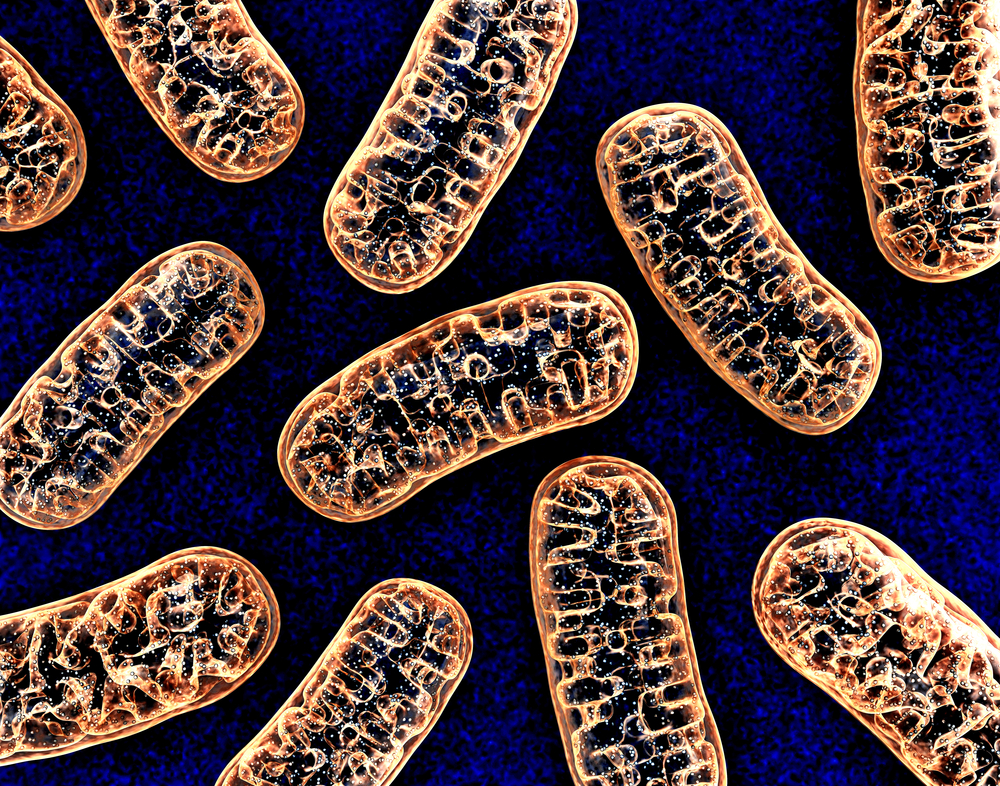TRPV4 Channels, Strongly Linked to CMT2C, Seen to Regulate Structure and Function of Mitochondria in Study

TRPV4 channels, critical players in Charcot-Marie-Tooth disease type 2C (CMT2C), regulate the structure and function of mitochondria in diverse cell types, a new study shows.
The study, “TRPV4 interacts with mitochondrial proteins and acts as a mitochondrial structure-function regulator,” appeared in bioRxiv.
The balance of calcium (Ca2+) inside the cells is maintained by proteins and cellular structures, including mitochondria, the cell’s power plants. However, the precise mechanisms through which mitochondria regulate this calcium stability remain unknown.
Studies have shown that the density of mitochondria is particularly high in areas of high calcium concentration, which could facilitate its transport across the mitochondrial membrane, a process implicated in cell survival, metabolism, and cellular signaling.
Mitochondria have two membranes, an inner and outer membrane. The transport of calcium across the mitochondrial outer membrane (MOM) is regulated by voltage gated anion channels (VDACs). In turn, entry through the inner membrane is mediated by highly selective proteins called mitochondrial calcium uniporters (MCUs).
TRPV4 is a thermosensitive calcium channel that can be activated by physical stimuli, such as moderate temperature (above 27ºC), low pH and mechanical force, and by diverse chemical stimuli. This channel is expressed in nervous system neurons, as well as in the lung, kidney, heart, gut, vascular smooth muscle, and bone.
TRPV4 has been associated with diseases commonly known as channelopathies, including CMT2C, as well as with sensory defects, pain, and various muscular dystrophies.
Using a variety of mammalian cell lines, as well as brain tissue from mice, rats and goats, the scientists observed that TRPV4 is found in a subset of mitochondria near the cell nucleus and interacts with proteins Hsp60, Mfn1 and Mfn2, which regulate mitochondrial structure and function.
They also observed that abnormal production and/or function of TRPV4 lead to diverse changes in mitochondria, including high calcium intake and changes in the electron transport chain, the key mitochondrial process to generate energy. These findings were confirmed by using TRPV4 activators and blockers, which affected mitochondrial structure and function.
Results also showed that this channel regulates mitochondrial shape, smoothness, and fusion-fission events, which adapt the mitochondria’s shape to the needs of the cell.
“TRPV4-mediated mitochondrial regulation thus seems to be universal in nature and is also observed in different tissues,” the researchers wrote. “Our work also provides molecular mechanisms that involve TRPV4 in the regulation of mitochondrial structure-function relationship.”
They concluded: “This discovery may help to link TRPV4-mediated channelopathies with mitochondria-mediated diseases.”






